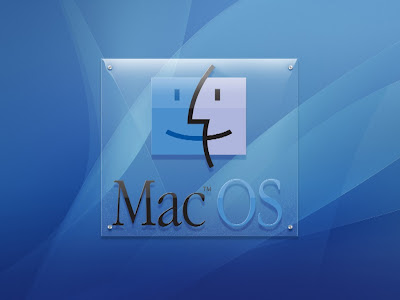
Many apps for both iOS and OS X store documents and app data directly in iCloud, this allows easy syncing between devices and also provides a certain extra level of backup for some apps, since it’s all stored in the cloud. On the other hand, you may want to remove some of those documents and app data from iCloud, and that’s what we’ll show you how to do easily directly from Mac OS X. This is done through the iCloud preference panel similar to how you can manage and delete iCloud backups for iOS devices from OS X, though obviously rather than deleting a device backup it’ll only be application data or specific documents that is being removed.
>>> Click Here To Get iMac The Best Price <<<
Deleting App Data from iCloud through OS X
- Open System Preferences from the Apple menu and choose “iCloud”
- Click “Manage”
- Select the app to delete iCloud data from
- Choose “Delete All” to remove all app data for that application (if app is cross-platform, it will delete app data for both OS X and iOS)
Delete Specific Documents from iCloud via Mac OS X
You’ll find that specific iCloud documents for certain apps will also be stored here in the iCloud manager panel. For example, you can directly manage individual documents from apps like TextEdit, and delete them on a per-document basis:- Choose a specific app (e.g. TextEdit)
- Select the specific document name to delete and choose “Delete”, confirm the document removal
>>> Click Here To Get iMac The Best Price <<<
You will find both iOS and OS X app data in the iCloud manager control panel, and if you’re thinking about deleting documents from iCloud this way you may want to copy them to your hard drive first because the removal is completely permanent. You can do that either by opening the document in question and then resaving it locally, or by accessing the iCloud documents directly from the Finder and copying them to elsewhere in Mac OS X.







